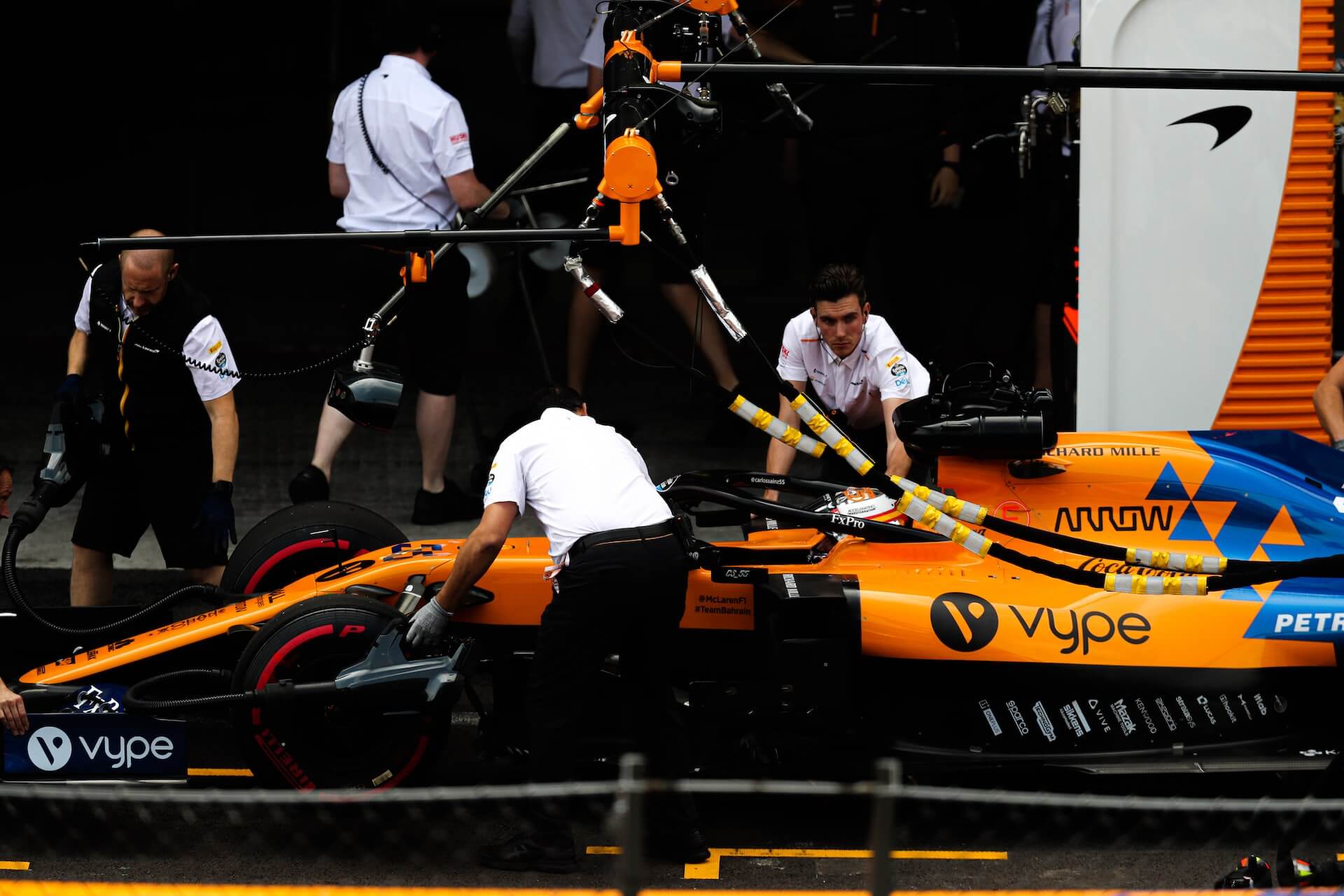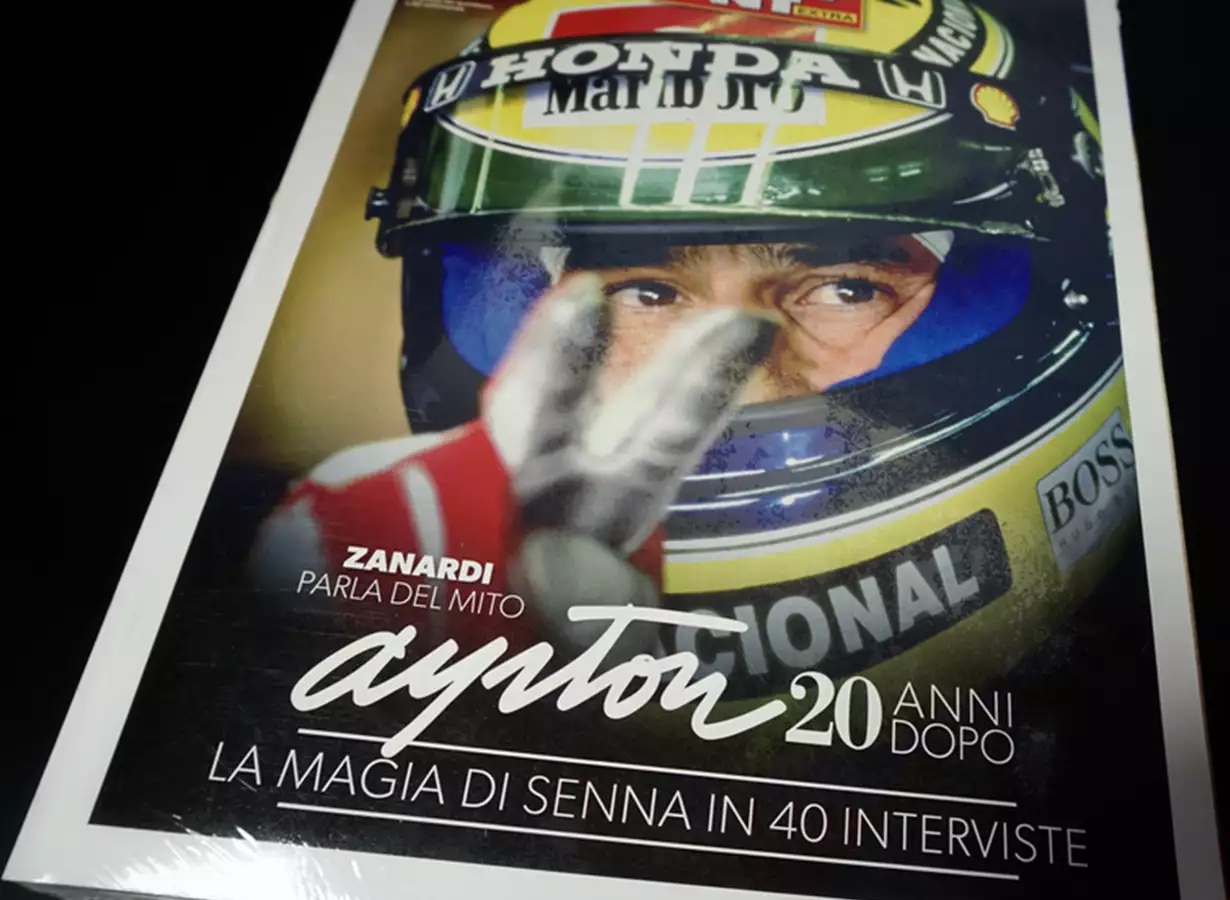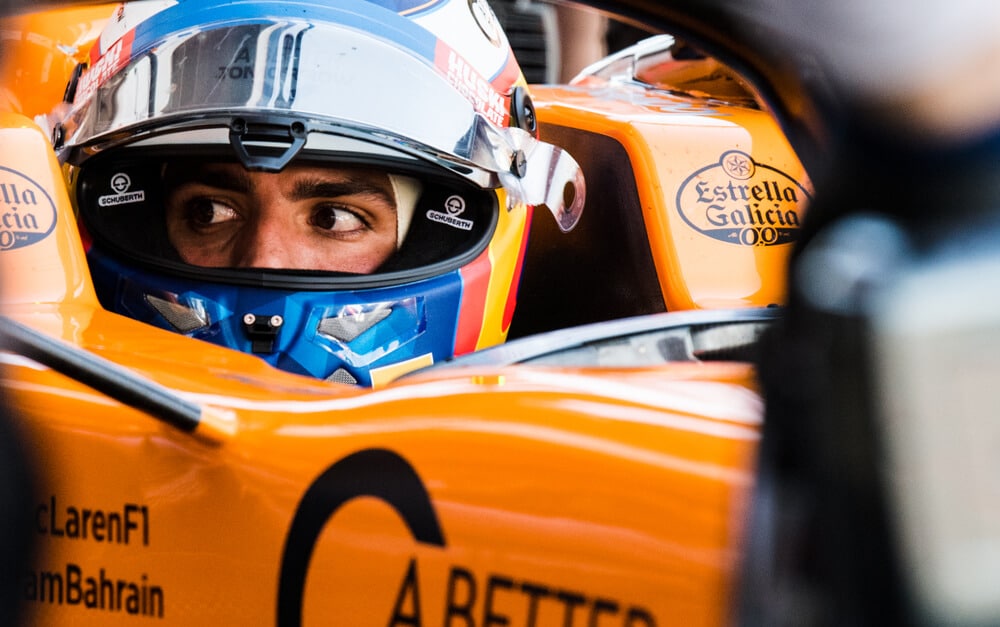“Box, box, box,” is perhaps one of the most crucial radio calls a driver will hear during a Grand Prix.
It is frequently accompanied by a turning point during the race, a disastrous strategy failure, or a heartbreaking retirement that could change the course of a championship.
So, where did the term come from, how do teams decide when to ‘box,’ and do drivers have a say? Let’s take a look!
Table of Contents
Watch this video to see how Formula 1 driver’s box and pit stops.
What Does Box Mean in F1?
In Formula 1, the terms ‘box’ and ‘pit’ are interchangeable. When a driver receives a radio command to box, it means that they must pit. When used as a noun, it refers to the pit area where pitstops and other servicing jobs take place throughout the weekend.
Key takeaways
- In Formula 1, the terms ‘box’ and ‘pit’ are interchangeable.
- When a driver receives a radio command to box, it means that they must pit.
- Teams may use the weather to their advantage.
- Racing drivers are under no obligation to when told so.

Who Decides When an F1 Driver Boxes?
During the race, the strategy department’s job is to optimize the car against the competition and finish the race in the best possible position by employing strategy and selecting the best time to box.
In order to forecast how the strategy options will change, the strategists on the pit wall, in the garage, and even back at base, continuously track the speed and positioning of the other cars and run live simulations.
Teams may use the weather to their advantage, delaying a pit stop in case it rains and they need to pit again. They may also react in response to a safety car, which slows the field and allows cars to pit and lose less time.
However, keeping an eye on where the gaps are, how they’re changing, and making adjustments to take advantage of or avoid other vehicles may be the most crucial element of strategy.
A lot of work is actually done over several weekends in advance, with complicated computer simulations being used extensively to create several plans that are contingent on various scenarios occurring (including safety cars, weather, and other obstacles).
"Box, box, box," is perhaps one of the most crucial radio calls a driver will hear during a Grand Prix.
Can an F1 Driver Neglect the Team’s Box Order?
As important as strategy calls are, and as much work goes into developing the best strategy behind the scenes, racing drivers are under no obligation to follow them.
This dynamic, however, is viewed as a two-edged sword.
While the racing driver is the most knowledgeable about the general feel of the car and the condition of his tyres, they are frequently missing other critical pieces of information.
Whether it’s the position of other cars on the track, how others have performed on different tyre compounds, or the impending weather conditions, teams frequently have more information at their disposal than their drivers to make a more calculated assessment.
Then there’s the fact that even the most astute racing drivers will have other things on their minds that will keep them from critically considering their options.
These are just a few of the reasons why, in general, the team, not the driver, makes the final decision on strategy.
Where Does the Name Box Come From?
Historically, Formula 1 has a fair amount of Germans involved. Mercedes-Benz has been involved as both team owner and engine manufacturer for various periods since 1954. Both Michael Schumacher and Sebastian Vettel are German, with 11 Drivers’ Championship titles between them. Not to mention that many of the engineers and designers are from the European powerhouse.
That is, the German language has had some influence on motorsports terms over the years, including the term ‘box.’
As a result, when German race engineers communicated with their German drivers via radio, they used German.
The German word for pit stop is Boxenstopp, which is a bit too cumbersome to say in a high-stress situation where seconds are an eternity, so it was shortened to ‘box.’
Interestingly, the one-syllable word, combined with the fact that it was difficult to confuse for another, meant that it quickly caught on in the vocabulary of other race engineers all over the grid, and it has thus been ingrained in Formula 1’s never-ending list of jargon.
So there you have it, another example of the influence of European languages and culture on sports.
And the next time you hear Charles Leclerc be called in to box, you can rejoice in the fact that, as Ferrari throws away yet another victory due to strategy, it was the Germans’ fault all along.
Learn more about Formula One
Want to learn more about F1? Then visit our Formula 1 glossary and dictionary.




